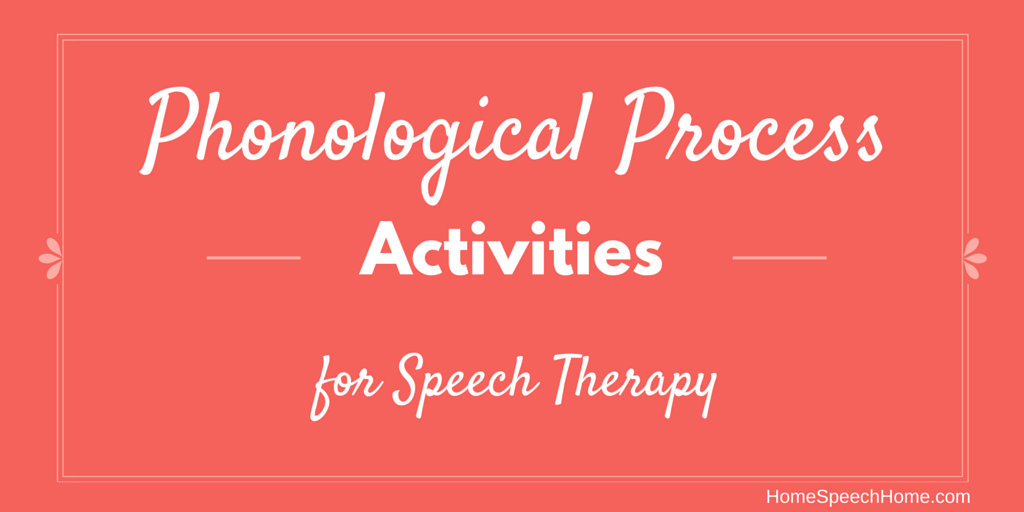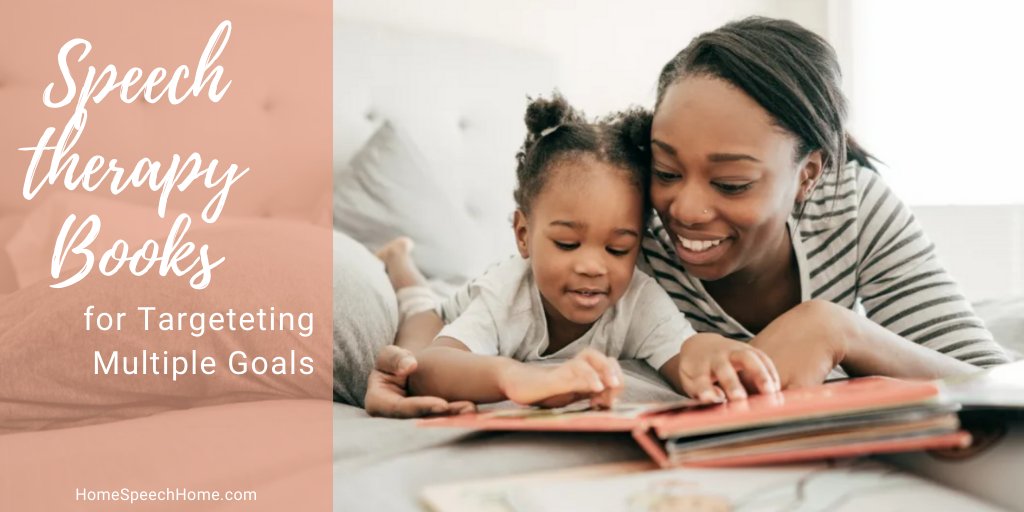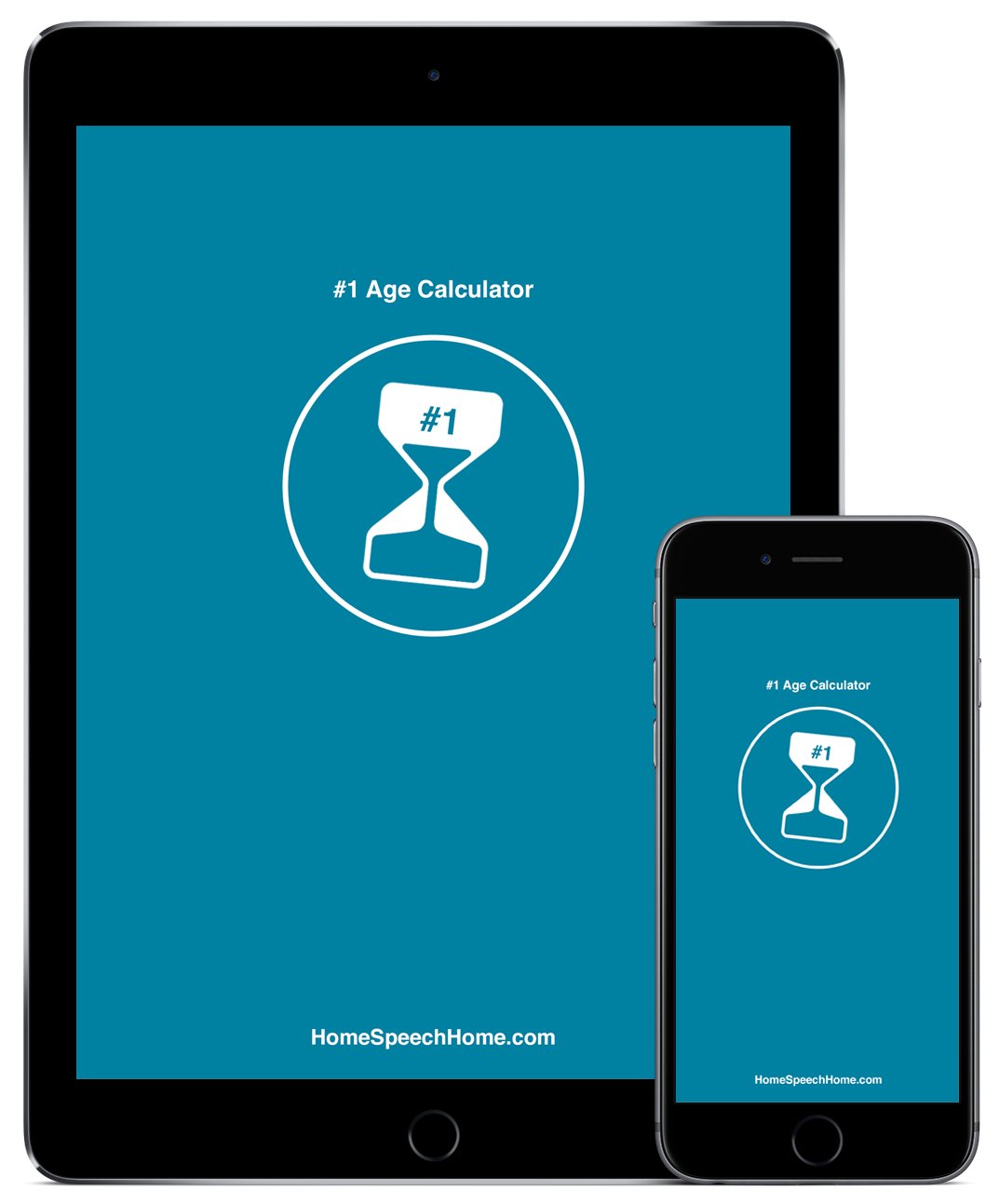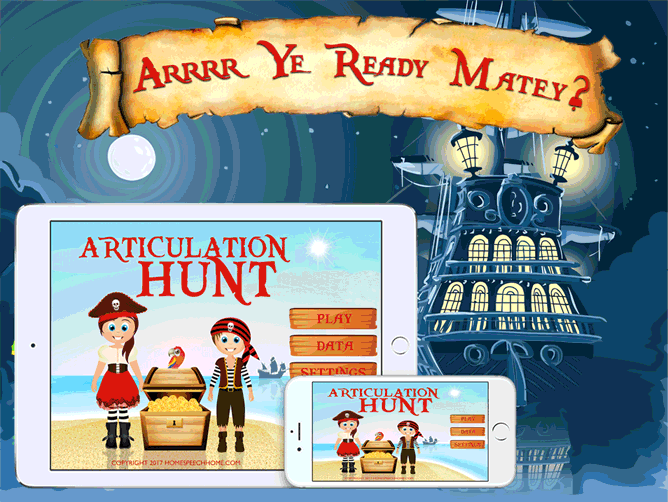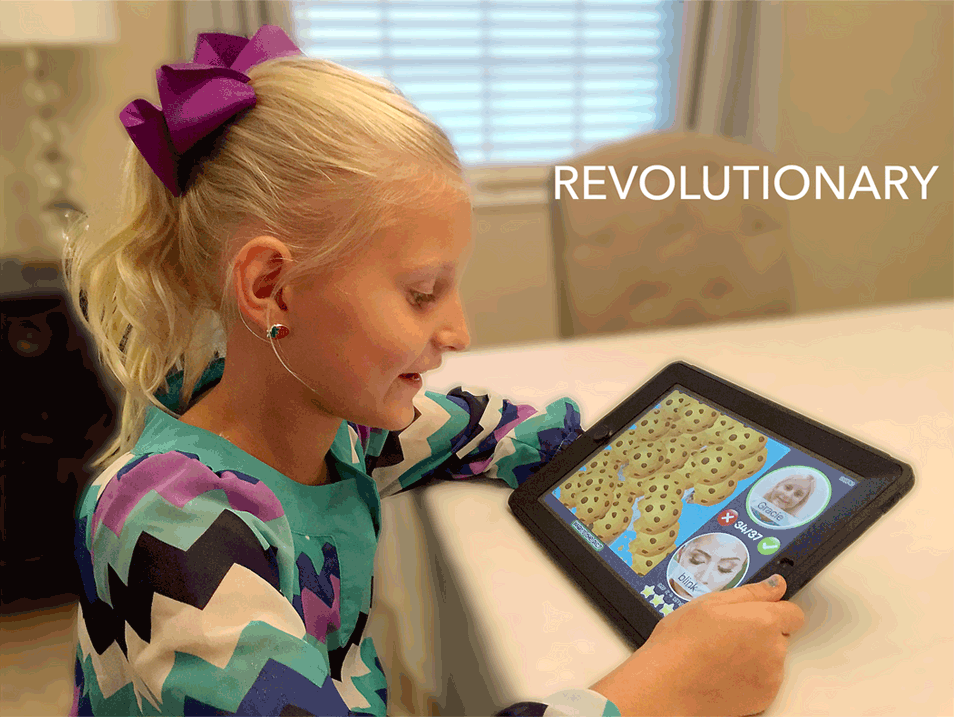Process This! Phonological Process Activities for Speech Therapy
Phonological processes are speech patterns that typically developing children use to simplify their sounds as their speech develops.
It becomes a phonological disorder when these speech patterns persist beyond the age when most typically developing children have stopped using them.
These are some activities you can use with your students who are demonstrating phonological disorders.
If you are a speech therapist that works with children then you almost certainly have many on your caseload who have phonological disorders.
Auditory Bombardment/Discrimination
For many children with phonological disorders, recognition and discrimination of correct sounds is the first step.
Many of you are equipped with headphones and a voice amplifier.
The only problem I have with auditory bombardment is...
...the child gets B-O-R-E-D.
Here are three games you can play to maximize your output and keep the child’s interest. These activities require nothing more than your word lists and an amplifier (if you have one).
Explore Our Goal Reaching, Client Centered Products
Catch Me if You Can
Tell the child that they are detective and they have to catch you using the incorrect sounds!
Using the minimal pairs word lists (or even easier for you, the minimal pairs word lists found on the Word Vault Essential App) find a list of words for the target sound(s).
So if the child is fronting all back sounds, find a list of words that start with /k/.
Tell the child that all the sounds should start with the /k/ sound, but occasionally you will mess up.
Ask them to “catch” you messing up.
Any time they catch you saying /d/ instead of /k/ during the reading of the word lists, they can ring the bell or blow a whistle or whatever you have that would motivate a child to “catch” you.
Tell them that if they catch you using the incorrect sound 5 times, they get to move onto the next game.
You could get a minimum of 100 productions using this game, “messing” up about 1 word out of every 20.
This game will get them listening with all their attention!
Slap It
Present the child with two words.
While saying each word slow and clear, hold out one hand face up.
After hearing both words and seeing both of your hands come out, the child will slap the hand with the correct production.
So if your child is gliding, you will use an /r/ word.
Extend one hand and say “Rabbit.”
Then extend the other hand and say “Wabbit.”
They would slap the first hand you extended with the correct production.
This game is simple but fun and keeps their attention while you help them discriminate between correct and incorrect productions.
As the child progresses, the roles can be flipped and the child can give you the two choices and you can pretend to discriminate between the sounds.
SEE ALSO: The Best Free App for Speech Therapy
Duck Duck Goose
Very few games are as verbally repetitive as “Duck Duck Goose!”
You can use this game to your advantage for auditory bombardment.
You can change the two words to whatever you want… however if the child is having difficulty with fronting or backing sounds, duck duck goose would be the perfect repetitive phrase!
If your child is stopping fricatives, you can use “Frog Frog Pig” and so on.
Explain the difference in the sounds and encourage them to listen carefully as you tap their heads.
Use the initial (target) word many times before you use the final word which will get them chasing you.
Eliciting Productions
Here are three activities that can be used during therapy with your students who have phonological disorders.
These games can be adapted to their specific targets.
We have a comprehensive collection of (over 3,800) minimal pairs.
Let’s Go Solo
Materials: Two solo cups, List of minimal pairs cut out
This game is simple, visual, and can be used for any phonological disorder.
Talk with your student about the sound placement at the beginning of every therapy session to remind them.
Have them tape one word on each cup...one cup for the target sound and one cup for the other sound.
For example, one cup might say “Rain” and the other would say “Wayne.”
Sort through the list of words and have the child put each word in the proper cup.
Once they are all separated, have the child pull the words out of the cup with target sounds and use each word according to their level. (Words, phrases, sentences.)
Flower Power
Materials: Picture of two flowers, Plastic or paper bee, Minimal word pairs
Print this flower coloring page, or make a simple drawing of two flowers side by side.
Print this bee twice, small enough so that they can sit on the petals of the flowers.
On each petal of the first flower, write the target sounds.
On each petal of the second flower, write the minimal pair.
Have the child choose a petal for the bee to land on.
Read the word and practice saying it.
Then find the minimal pair and place the second bee on that petal. Talk about the differences in tongue placement when saying each word.
Great to send flowers home for homework.
SEE ALSO: The Best Books for Speech Therapy Practice
Penny Jar
Materials: Lots of pennies, Mason jar with a slit
What child doesn’t LOVE to play with money?
Did you know that you can get 100 pennies for only one dollar?
Wink wink.
This activity is a simple way to make drill more fun. You can use it for any phonological disorder therapy, or any other type of therapy for that matter.
For every accurate production of a target word, swiftly hand the child a penny to put in the jar.
Tell them if they fill the jar to the line (pre-measure and make a mark with a permanent marker) then they get a ________ (fill in the blank).
You can adapt this activity for groups too; make it a game.
Give each child a pile of pennies and after five productions they get to put a penny in the jar. It can be a group effort to fill the jar.
You can also practice sound manipulation using the pennies.
This would be a great way to address final consonant deletion or any other phonological disorder involving omission of sounds.
Lay out a penny and tap it when you say a word, and then slide another penny over to add an additional sound.
For example the first penny would say “Bee.”
Then slide over the second penny and add the /d/ sound for “bead.”
After accurate productions of the word, the child can place both pennies in the jar.
Word Vault Essential App
Because I am a member of the Home Speech Home Team, I have spent a lot of time looking through the Word Vault Essential Application that Luke and Hollie developed.
They did not ask me to write this.
I have been amazed at the content, ease of accessibility (I am the least tech savvy person), and useful tools such as data tracking for each student (including percentages that update with every tap. No more calculators!)
So as I was writing this lesson I was playing with the app and realized that you can EASILY record your own voice for each and every minimal pair!
Which means you could also record your student’s voice reading the minimal pairs and immediately play it back to them loud and clear.
I became so excited about this discovery!
Luke and Hollie did an amazing job in the hundreds of hours they put into this app.
He left no stone unturned.
This would be a great resource for students with phonological disorders who are working on minimal pair words and sound discrimination.
Thanks for looking over these ideas! Hope you all have a great week! Click/tap here (or the image below to check out Word Vault Essential)

About the Author
Lindsey is an M.S. CCC-SLP from Salt Lake City, UT. She received both her B.S. and M.S. from Utah State University. When she's not chasing her 5 crazy kids around, she enjoys creating engaging speech therapy ideas and materials. Read More
Freebies, Activities, and Specials, Oh My!
Sign up for Terrific Therapy Activity Emails
Your information is 100% private & never shared.
